
Doe
What kind of animal is Doe?
Example of the color palette for the image of Doe
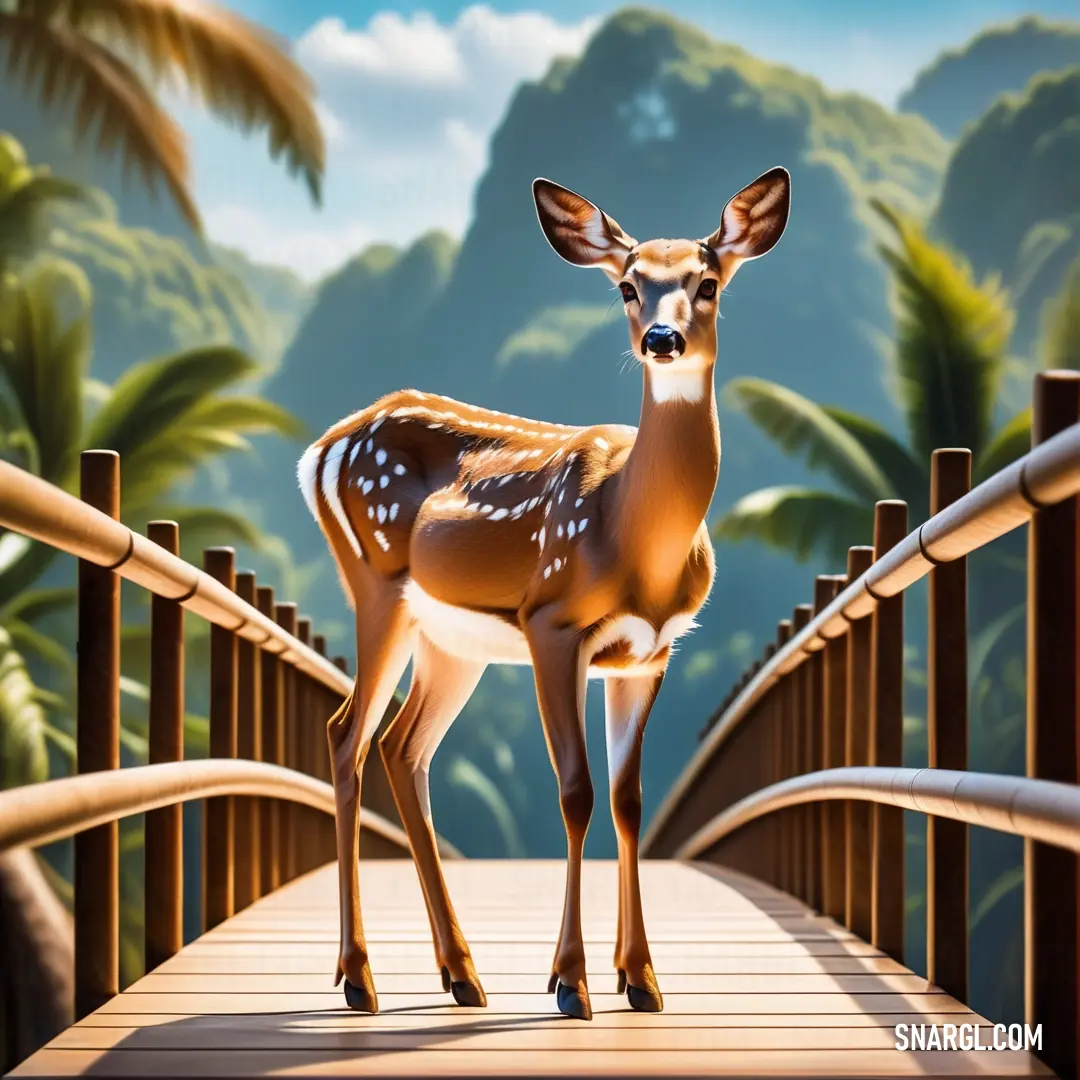
See these colors in NCS, PANTONE, RAL palettes...
What is the animal Doe known for?
A doe is known for being the mate of a male deer, called a buck or a stag, and the mother of young deer, called fawns or calves.
A doe usually gives birth to one or two fawns in the spring, and hides them in different places to protect them from predators.
A doe is also known for being a herbivore, eating grasses, plants, mushrooms, and twigs, depending on the season and the availability of food.
Some of the characteristics that distinguish a doe from a buck are:
A doe does not have antlers, except for female reindeer, which have smaller and thinner antlers than males.
Antlers are bony growths on the head that are used for fighting and display during the mating season, called the rut.A doe is usually smaller and lighter than a buck, with a more slender and graceful appearance.
A doe's coat is also more uniform in color, while a buck's coat may have darker patches or spots.A doe is more social and gregarious than a buck, and often forms groups with other does and fawns, called herds.
A doe's herd provides safety and support, as they can alert each other of danger and help each other find food.
A buck, on the other hand, is more solitary and territorial, and only joins a herd during the rut.
A doe is also a common subject of art and literature, as well as a source of food and clothing for humans.
A doe is a valuable and beautiful animal that plays an important role in the ecosystem and the human society.
Example of the color palette for the image of Doe
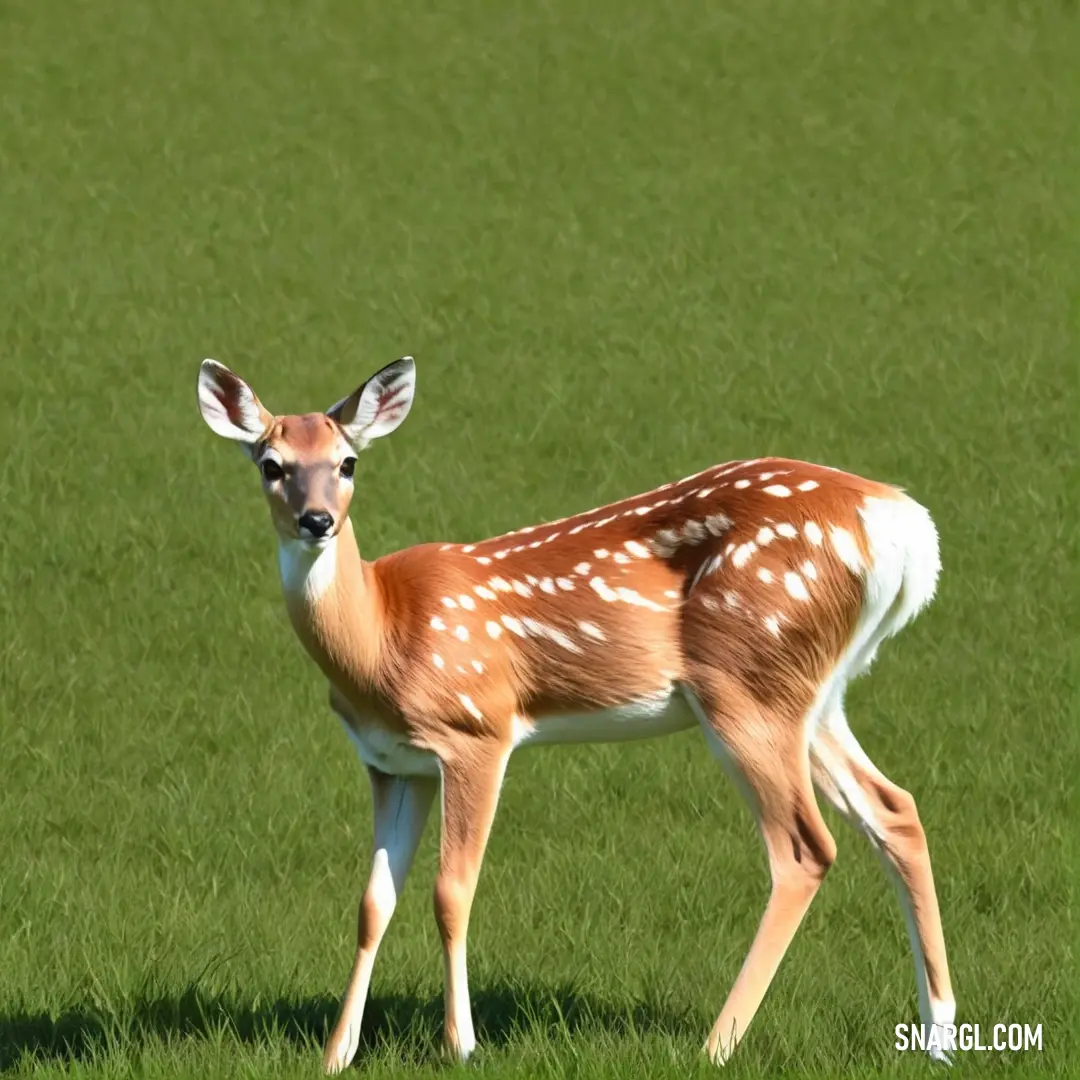
See these colors in NCS, PANTONE, RAL palettes...
Where does the Doe live?
There are many types of deer, such as white-tailed deer, mule deer, red deer, elk, moose, and reindeer.
Each type of deer has different habitat preferences, but they all share some common features that make them well-adapted to their environments.
Deer generally prefer forested habitats, or places where they have access to woodlands.
Forests provide deer with several benefits, such as:
A safe place to elude and escape from predators, such as wolves, coyotes, bears, and humans.
A comfortable place to bed down and rest, usually in dense cover or near water sources.
Sufficient forage to eat and remain healthy, such as grasses, forbs, shrubs, vines, trees, and other plants.
Adequate cover to conceal and raise their young, such as thickets, brush, or fallen logs.
They have a keen sense of smell and taste, and they can recognize which plants are nutritious and suitable for them.
Deer also have a four-chambered stomach, which allows them to digest tough plant fibers and extract more energy from their food.
Deer are also very adaptable, and they can adjust their diet and behavior depending on the season, the availability of food, and their reproductive cycle.
For example, deer may eat more woody plants in winter, when other food sources are scarce, or they may eat more protein-rich plants in spring, when they need to grow antlers or produce milk.
Deer are social animals, and they usually live in groups called herds.
The size and composition of a herd may vary depending on the type of deer, the habitat, and the time of year.
For example, some deer may form large herds in winter, when they need to conserve heat and find food, or they may form smaller herds in summer, when they need to avoid parasites and predators.
Deer also have different mating strategies, and they may form different types of bonds with their mates.
For example, some deer may form monogamous pairs, such as elk, or they may form polygamous groups, such as white-tailed deer.
The mating season, or rut, usually occurs in autumn, when the days are shorter and the hormones are higher.
During this time, male deer may compete for females by fighting, displaying, or vocalizing.
Deer have a gestation period of about seven months, and they usually give birth to one or two fawns in spring or summer.
Fawns are born with spots, which help them camouflage in their habitat.
Fawns are also able to stand and walk shortly after birth, but they rely on their mothers for milk and protection.
Mothers may leave their fawns hidden in the cover while they forage, and they may communicate with them by using sounds or smells.
Fawns usually stay with their mothers for about a year, until they are ready to become independent.
Deer are important animals in many ecosystems, as they provide food and habitat for other wildlife, and they help maintain the balance and diversity of plant communities.
Deer are also valued by humans, who hunt them for sport, meat, or trophies, or who enjoy watching them in nature.
However, deer also face many threats, such as habitat loss, fragmentation, degradation, overhunting, poaching, disease, predation, and climate change.
Therefore, it is important to conserve and manage deer populations and habitats, to ensure their survival and well-being.
Example of the color palette for the image of Doe
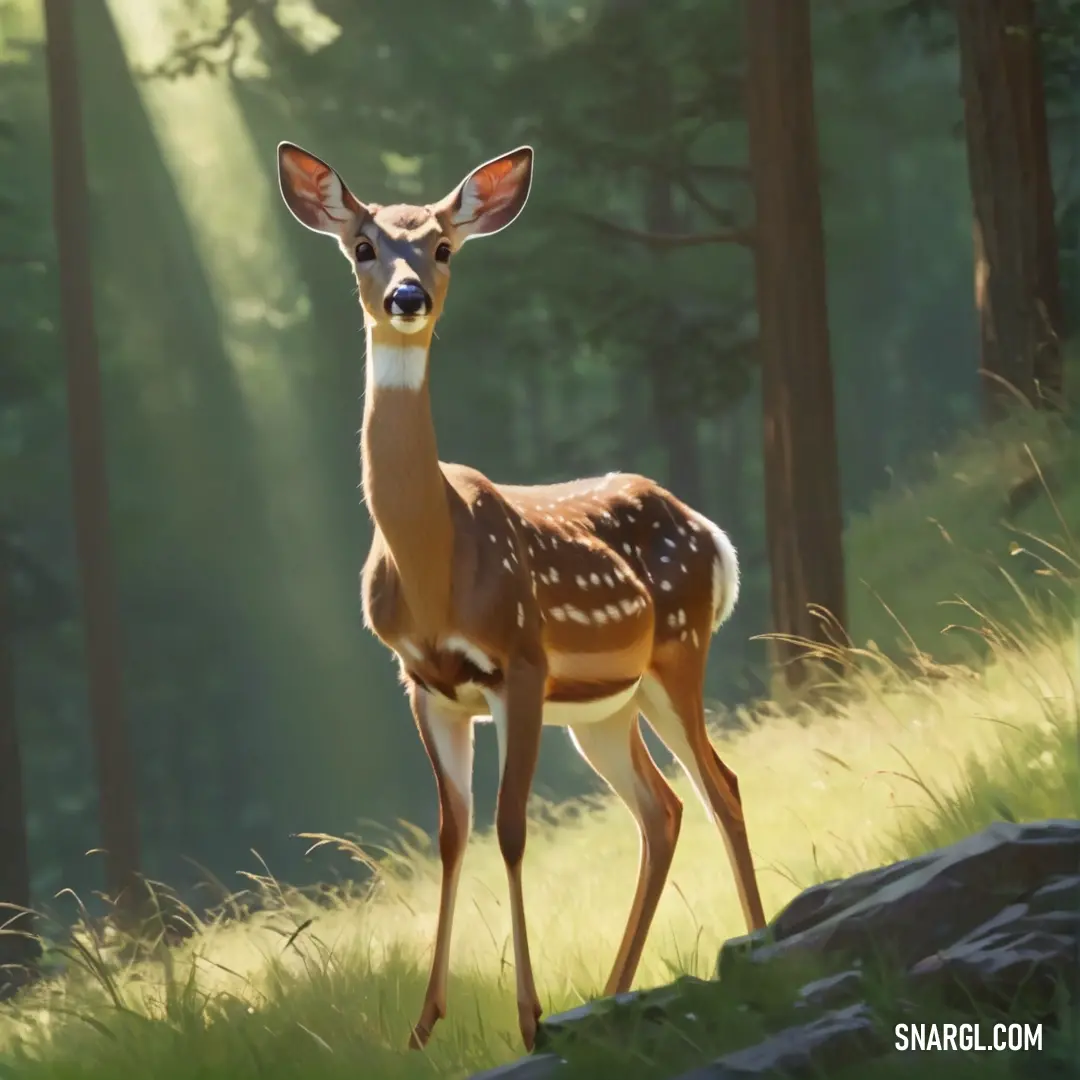
See these colors in NCS, PANTONE, RAL palettes...
What does the Doe look like?
Depending on the species, a doe may have a brown, gray, or reddish coat, sometimes with spots or stripes.
It doesn't have antlers, which are the branched horns that grow on the head of male deer.
However, female reindeer (also called caribou) do have antlers, unlike most other female deer.
A doe is a herbivorous animal, meaning it eats plants.
It may eat grass, leaves, twigs, mushrooms, fruits, nuts, and other vegetation.
This animal may live in different habitats, such as forests, grasslands, mountains, or deserts.
The doe is usually active during the dawn and dusk, when it is easier to avoid predators.
It may form groups with other does and fawns (young deer), or join a herd led by a dominant male deer (also called a buck or a stag).
A doe can reproduce when it is about one or two years old.
It usually mates with a male deer during the rutting season, which is the period when male deer compete for females.
After gestation, which lasts about six to nine months, the doe may give birth to one or two cubs, depending on the species.
A doe cares for its fawns by nursing them, hiding them, and teaching them how to survive.
In the wild, a doe can live up to 15 years and even longer in captivity.
This animal is an important part of the ecosystem, as it provides food for many predators, such as wolves, cougars, bears, coyotes, and humans.
It is also a symbol of grace, beauty, and gentleness in many cultures.
A doe may appear in art, literature, mythology, and religion, as well as in the coat of arms of some countries.
Example of the color palette for the image of Doe
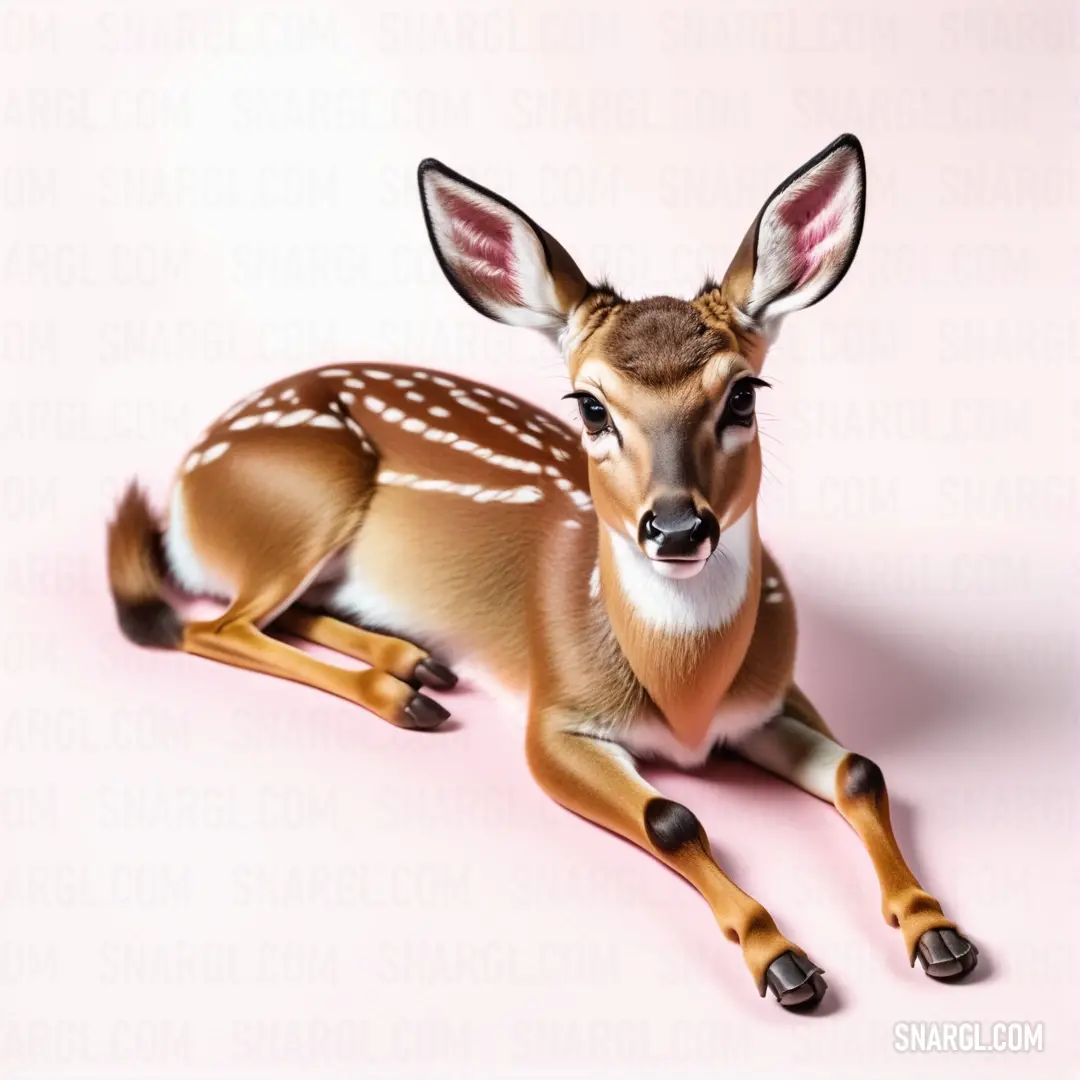
See these colors in NCS, PANTONE, RAL palettes...
The Parable of the Doe and the Doweling Dilemma
One fine autumn day, Lucy's morning jaunt took an unexpected turn when she discovered a wooden dowel lying in the middle of the forest path. Now, Lucy was not one to be easily deterred by strange objects, but this dowel was peculiar - it seemed to have a kind of regal bearing about it, as if it were a wand lost by a woodland sorcerer.
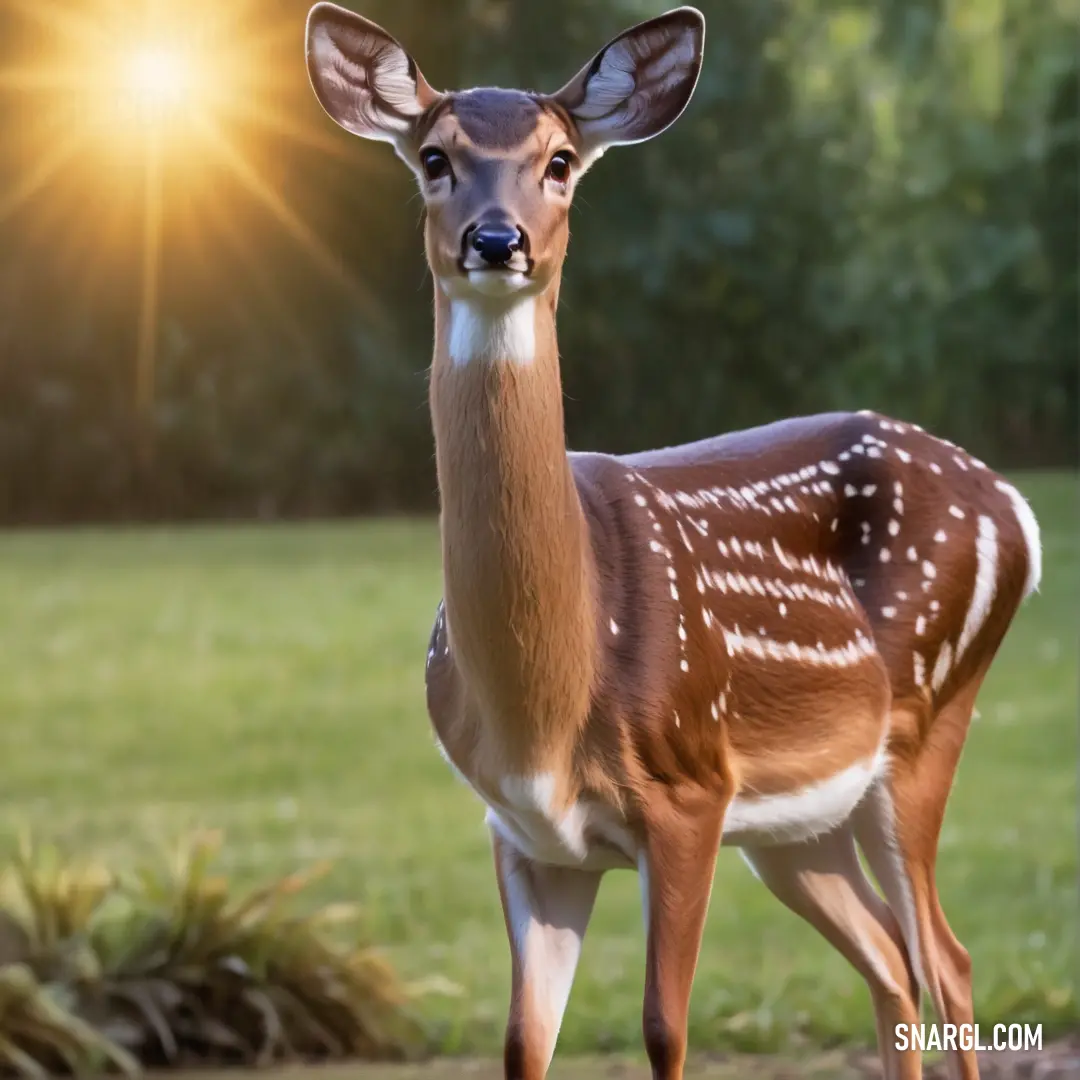
Lucy, ever the adventurer, decided to investigate. She tried to nudge the dowel with her nose, but it was stuck firmly in the earth. After a few more nudges and some thoughtful hoof tapping, Lucy realized that the dowel was not just an ordinary stick but a vital piece of forest equipment, perhaps part of a forgotten fairy's workshop or a magical squirrel's treasure.
Meanwhile, in the heart of Whiskerwood, Ryder, the veterinary technician, was attending to his usual duties. Ryder was a kind and meticulous soul with a deep love for animals and an equally deep affinity for quirky problems. That day, however, he was rather perplexed because the morning's tasks had included an unexpected visit from Lucy. She had a look on her face that suggested both curiosity and a bit of distress.
When Ryder followed Lucy into the forest, he found her trying to dislodge the stubborn dowel with all the determination of a seasoned explorer. Ryder couldn't help but chuckle at the sight. "What's this? An enchanted stick, or have you simply found a new toy?" he asked, kneeling beside Lucy.
Lucy looked up with her big doe eyes, and Ryder immediately saw that she was not simply playing; she was genuinely concerned. He inspected the dowel more closely and realized that it was wedged into a narrow crevice, preventing Lucy from moving it. Ryder, with a bemused smile, decided that this was no ordinary problem.
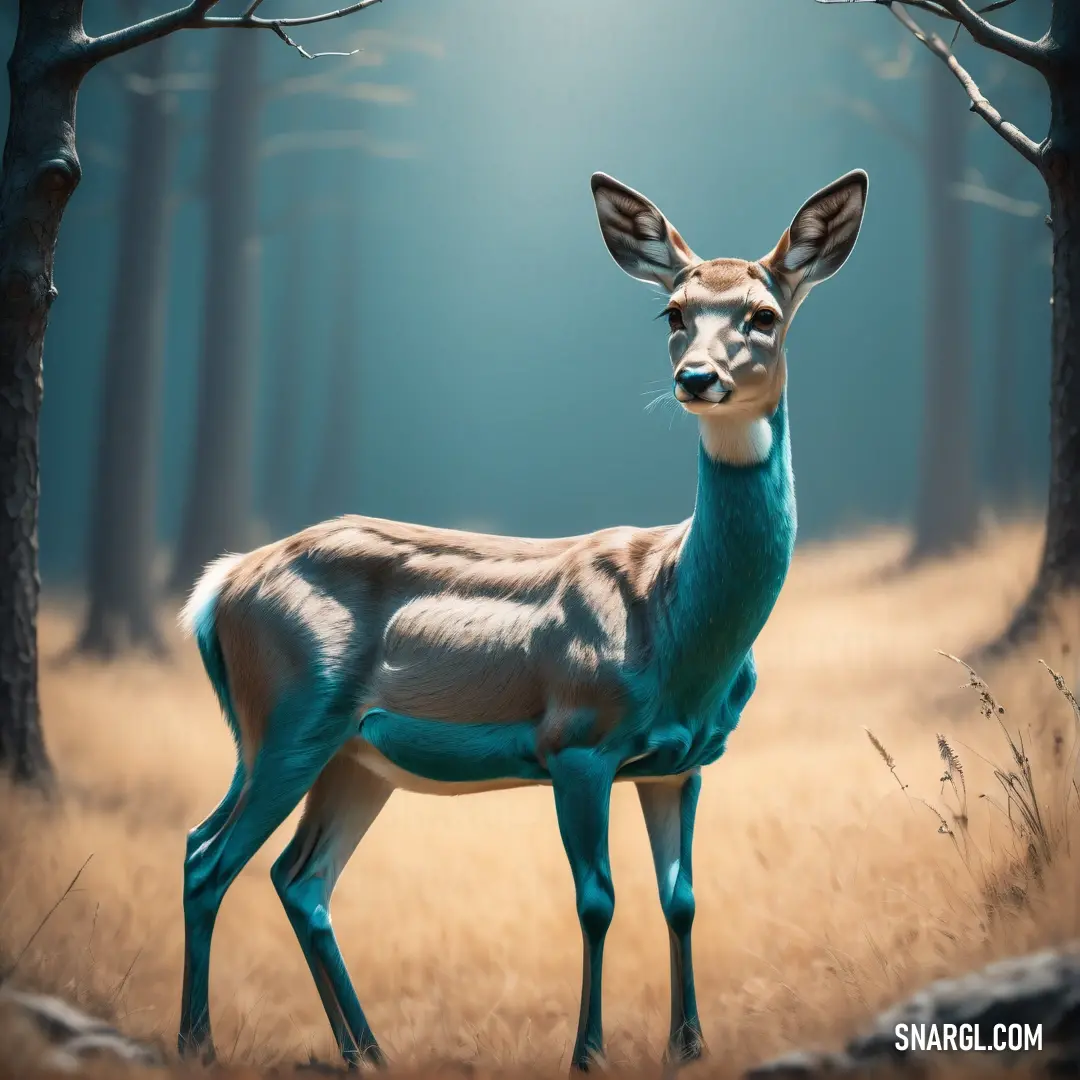
"Alright, Lucy," he said, "Let's figure this out together."
Ryder fetched a few tools from his vet kit - a small hammer, some twine, and a pair of tweezers. As he worked, he explained his actions to Lucy as though she were his assistant on a grand engineering project. "First, we gently tap it here to loosen it up," he said, tapping the dowel with the hammer. Lucy watched intently, her ears twitching in fascination.
After some effort and a few amusing moments where Ryder's tweezers seemed to have a mind of their own, the dowel finally gave way. It fell to the ground with a soft thud, and Lucy immediately sniffed it with great interest, as if to say, "Is this all it was?"
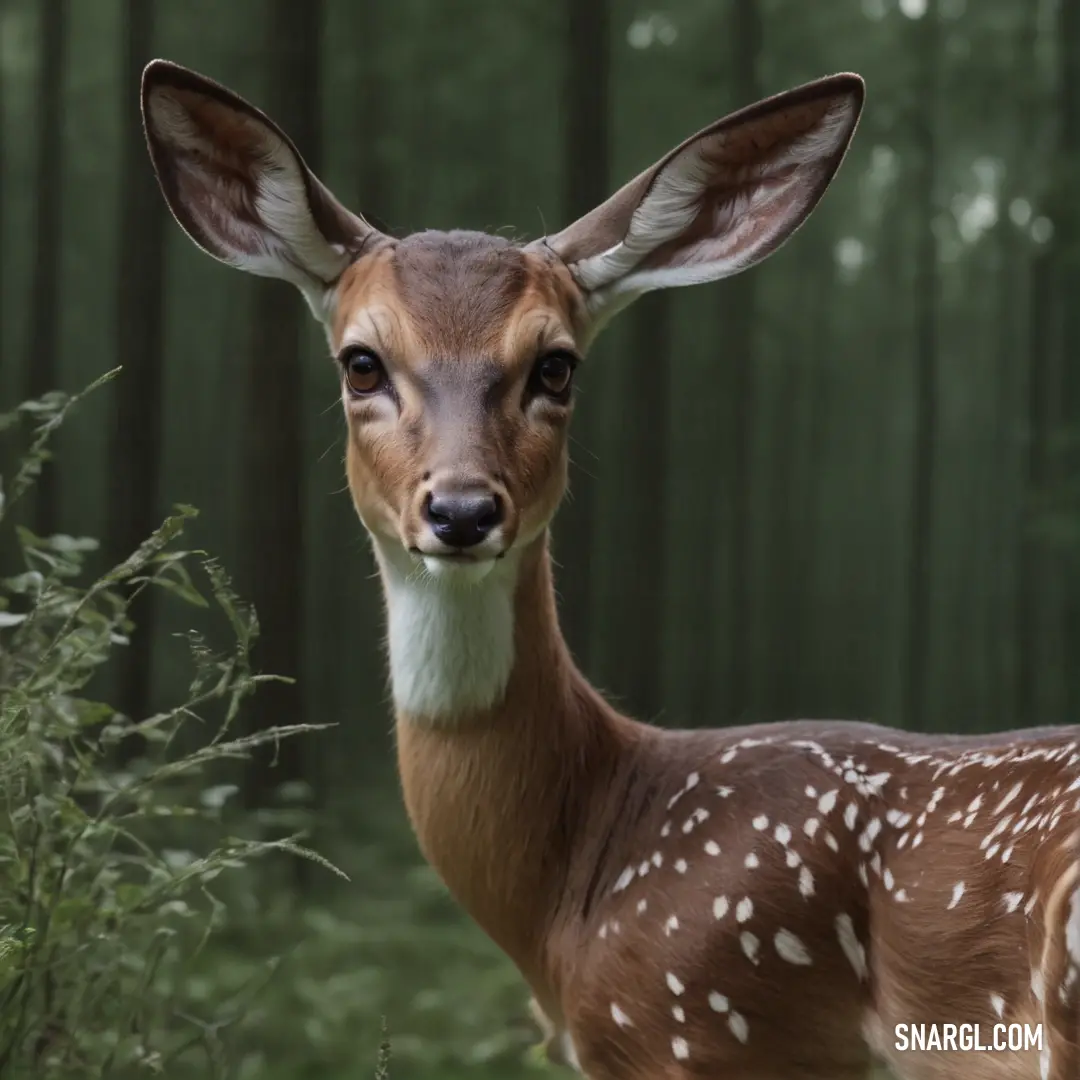
Ryder stood up, wiping his brow with a grin. "Well, that was quite an adventure! I suppose this dowel wasn't so magical after all, but it did make for an amusing story." He gave Lucy a friendly pat on the neck, and she responded with a happy nuzzle.
As Ryder made his way back to his practice, he couldn't help but chuckle at the day's events. He had learned something important: sometimes, even the smallest challenges could turn into grand adventures when faced with the right spirit.
And so, Lucy the doe and Ryder the veterinary technician returned to their daily lives with a newfound appreciation for the simple joys of unexpected problems and the magic of solving them together. In the heart of Whiskerwood, the tale of the wooden dowel became a cherished story of friendship, curiosity, and the delightful unpredictability of life.

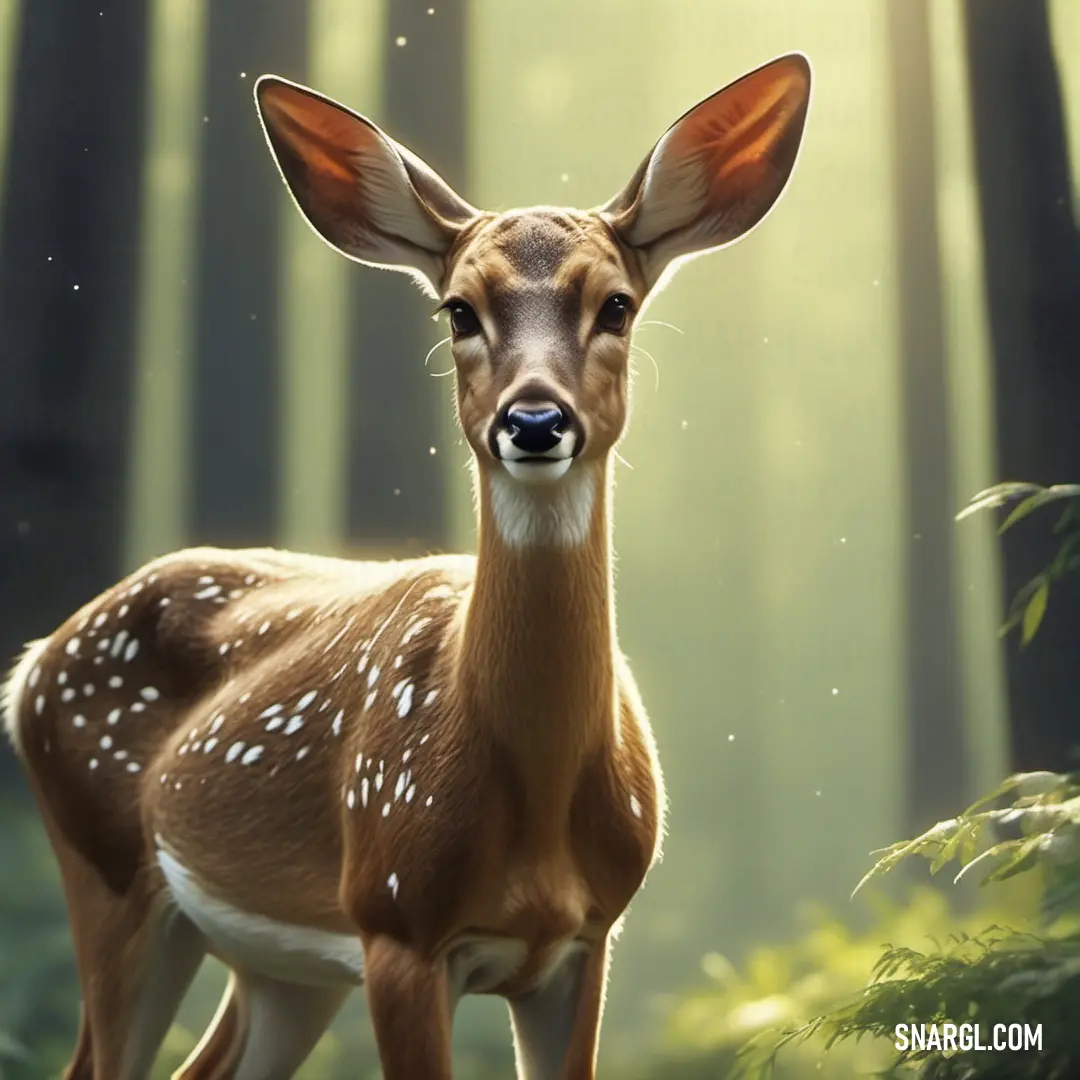
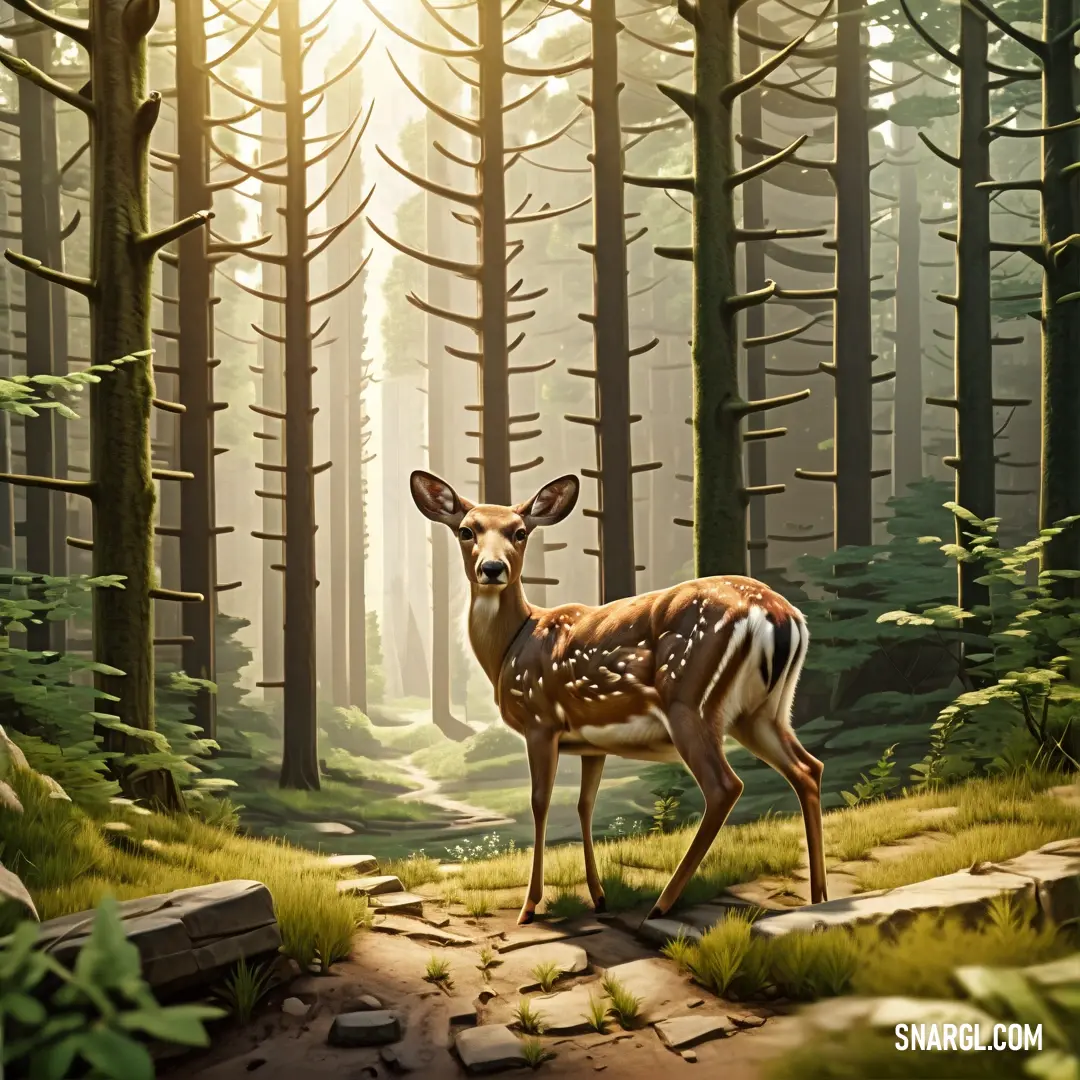
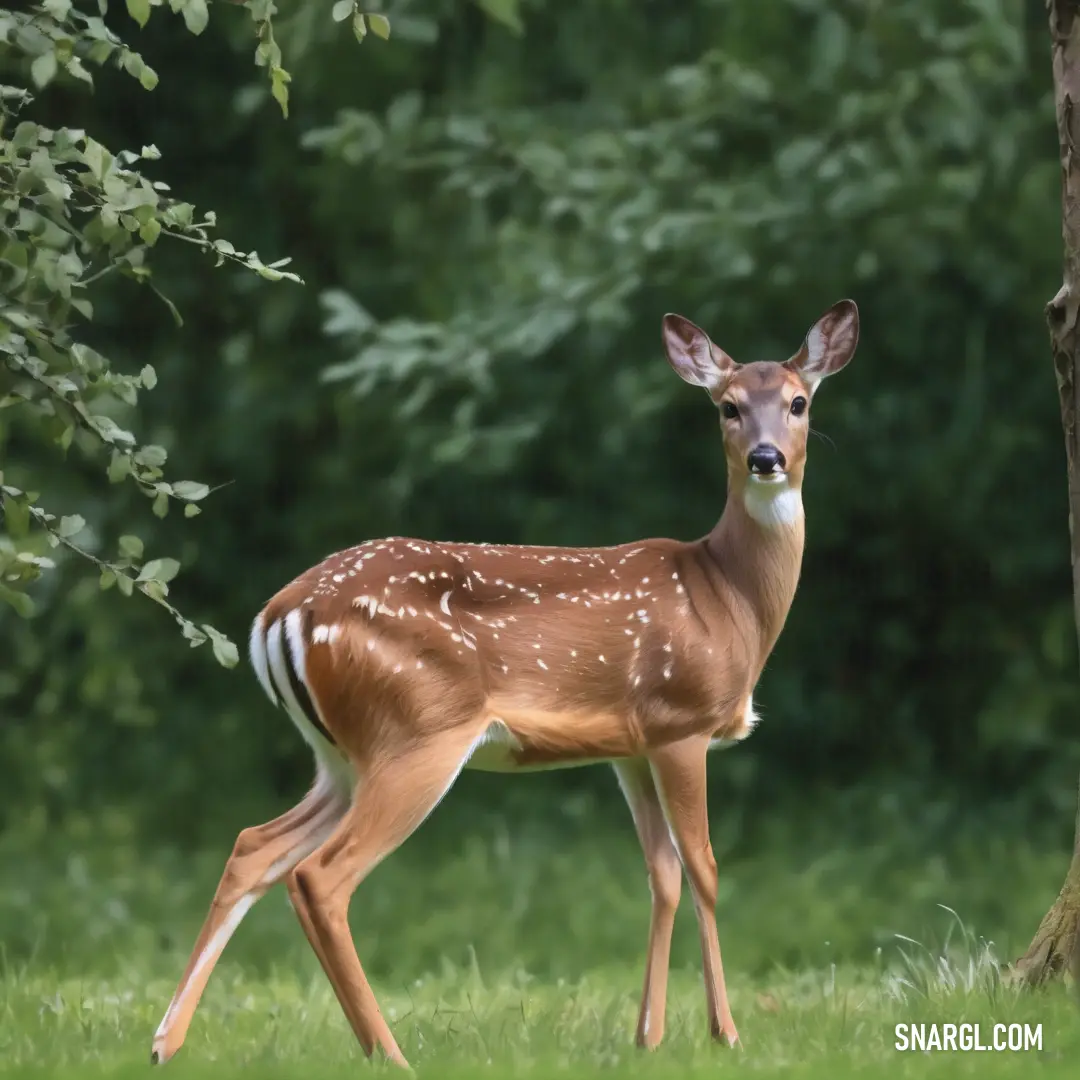
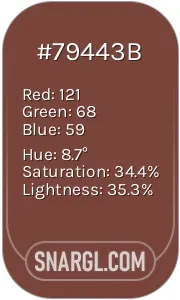 Bole
Bole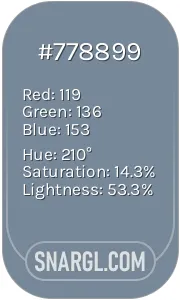 Light slate gray
Light slate gray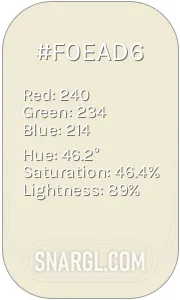 Eggshell
Eggshell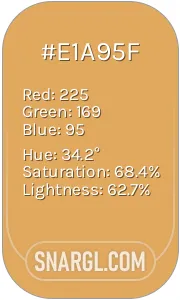 Earth yellow
Earth yellow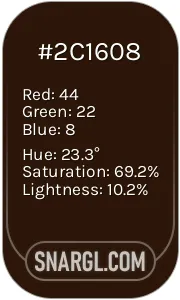 Zinnwaldite
Zinnwaldite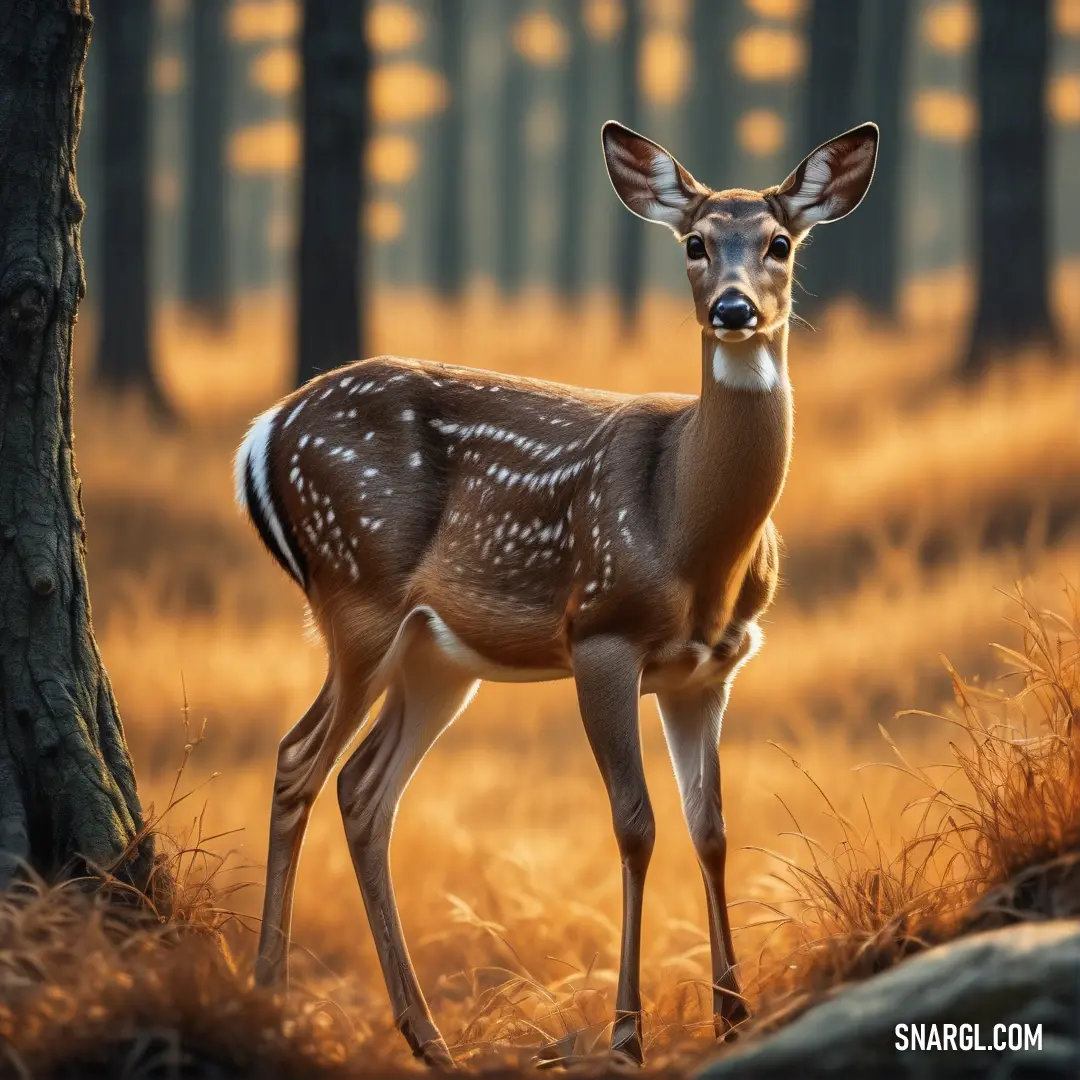
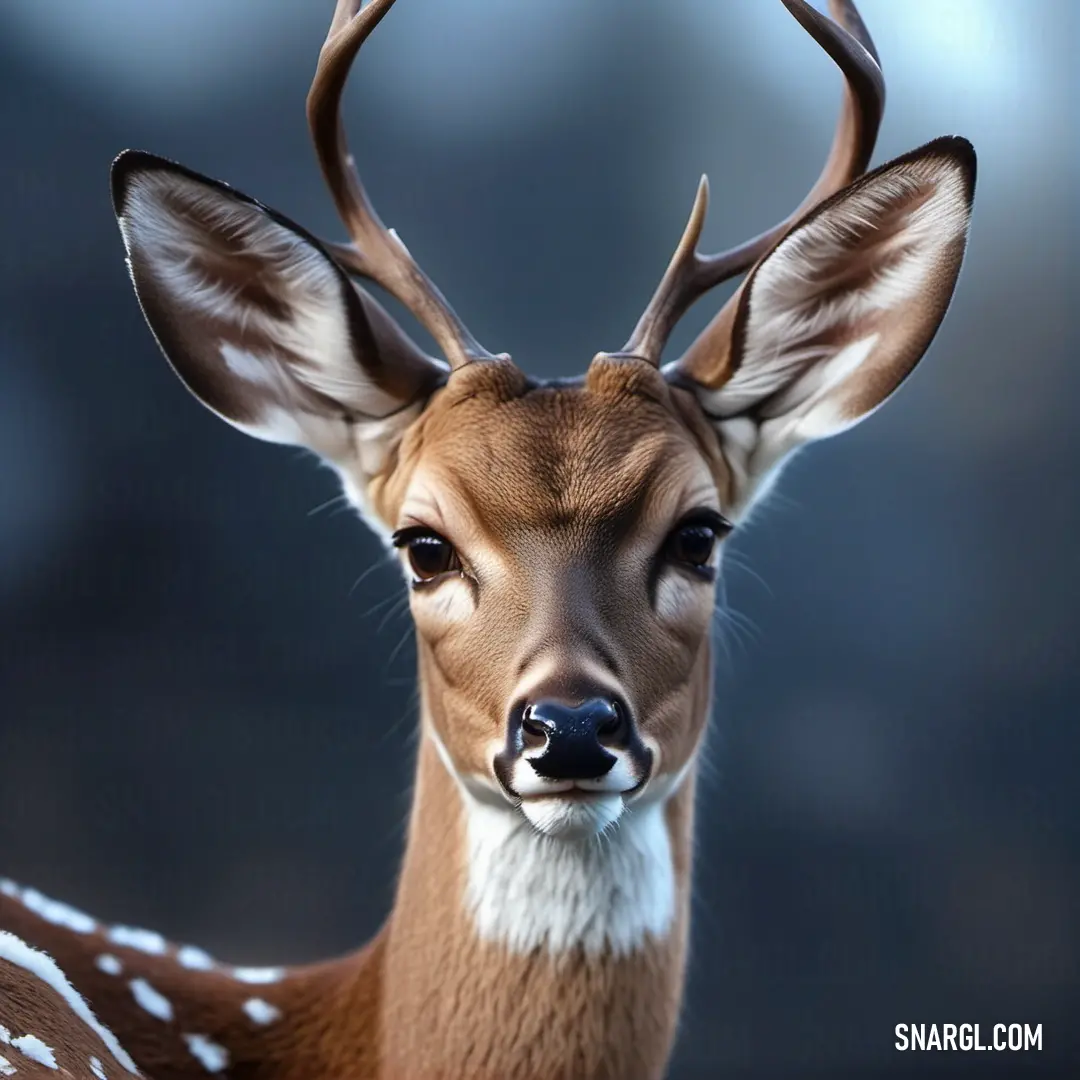
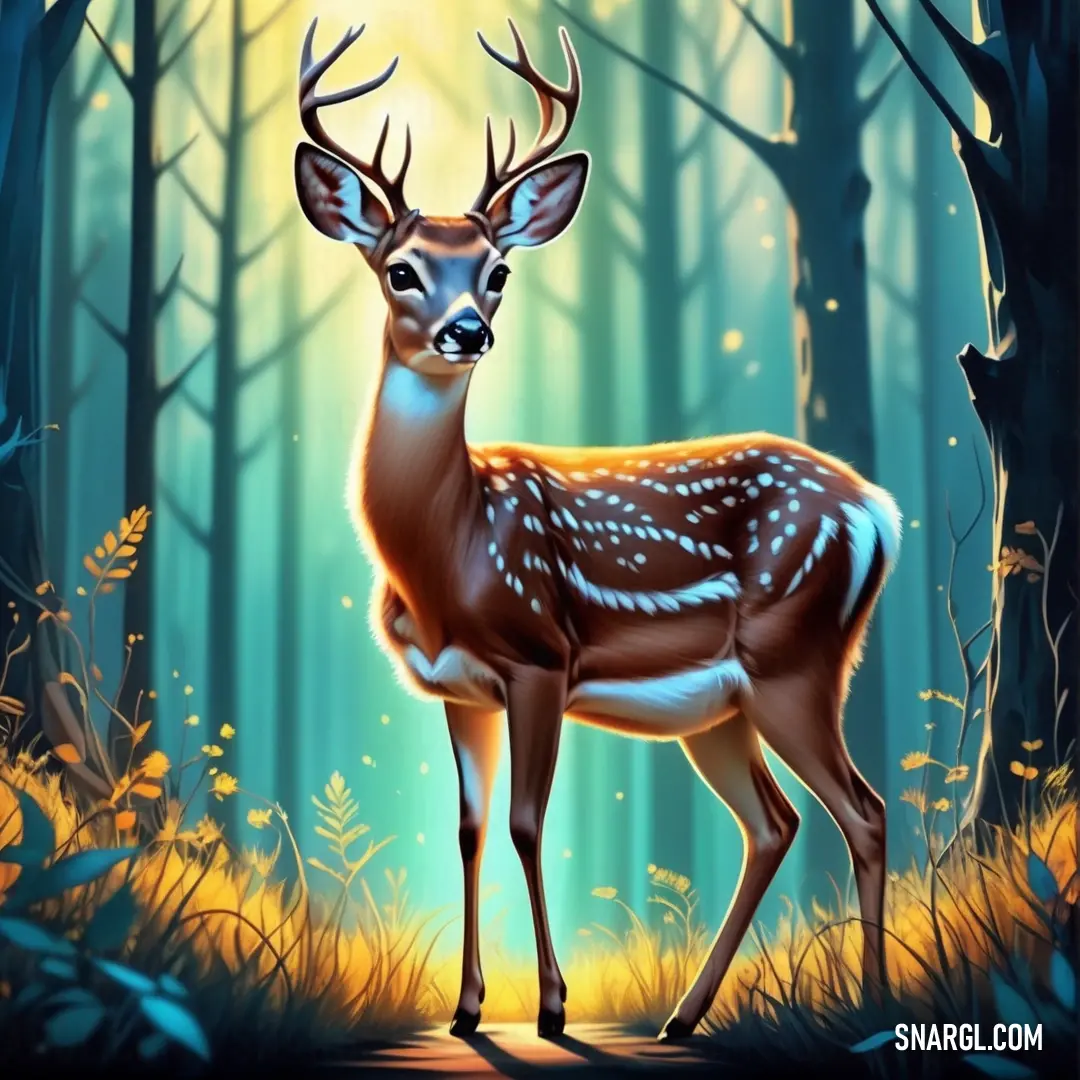
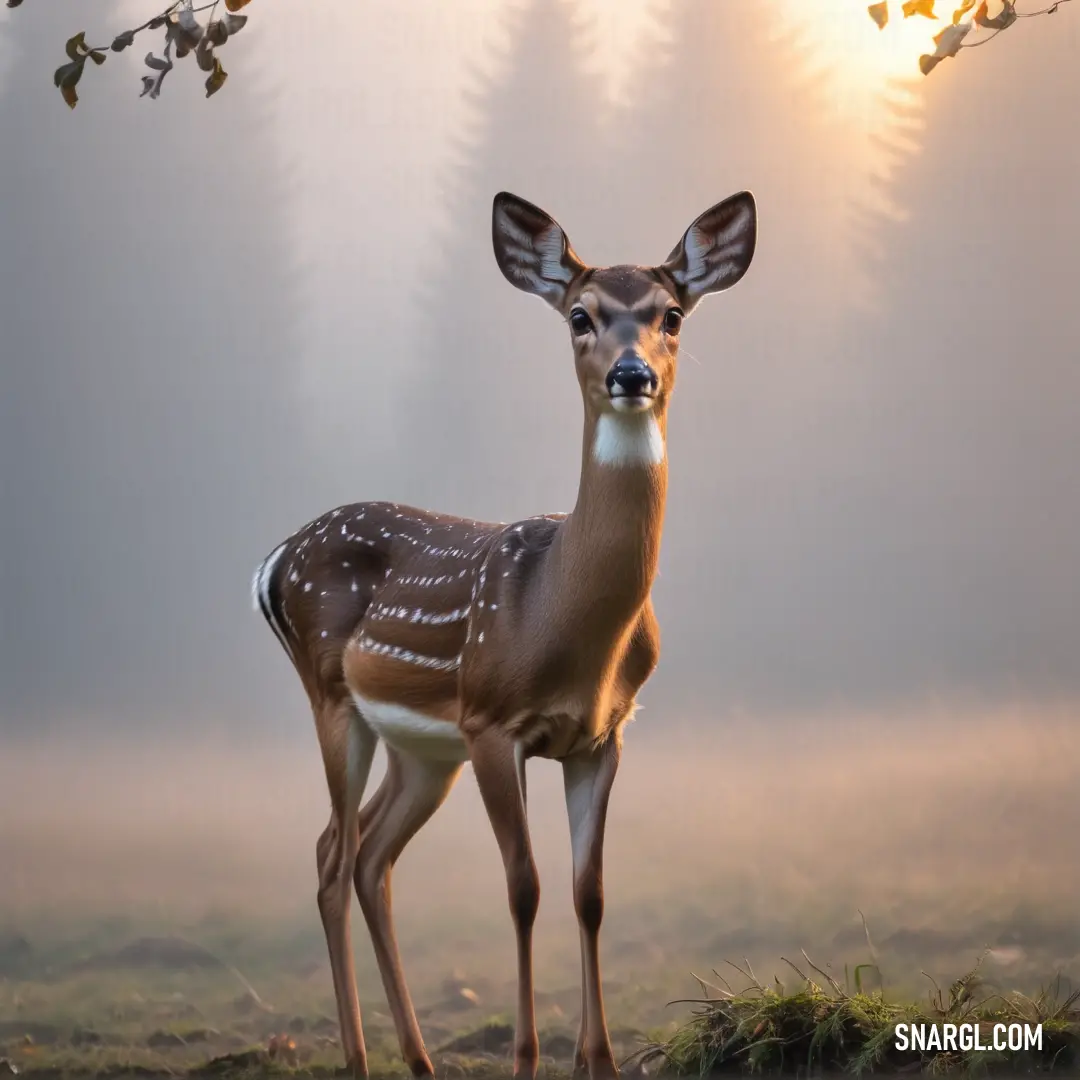
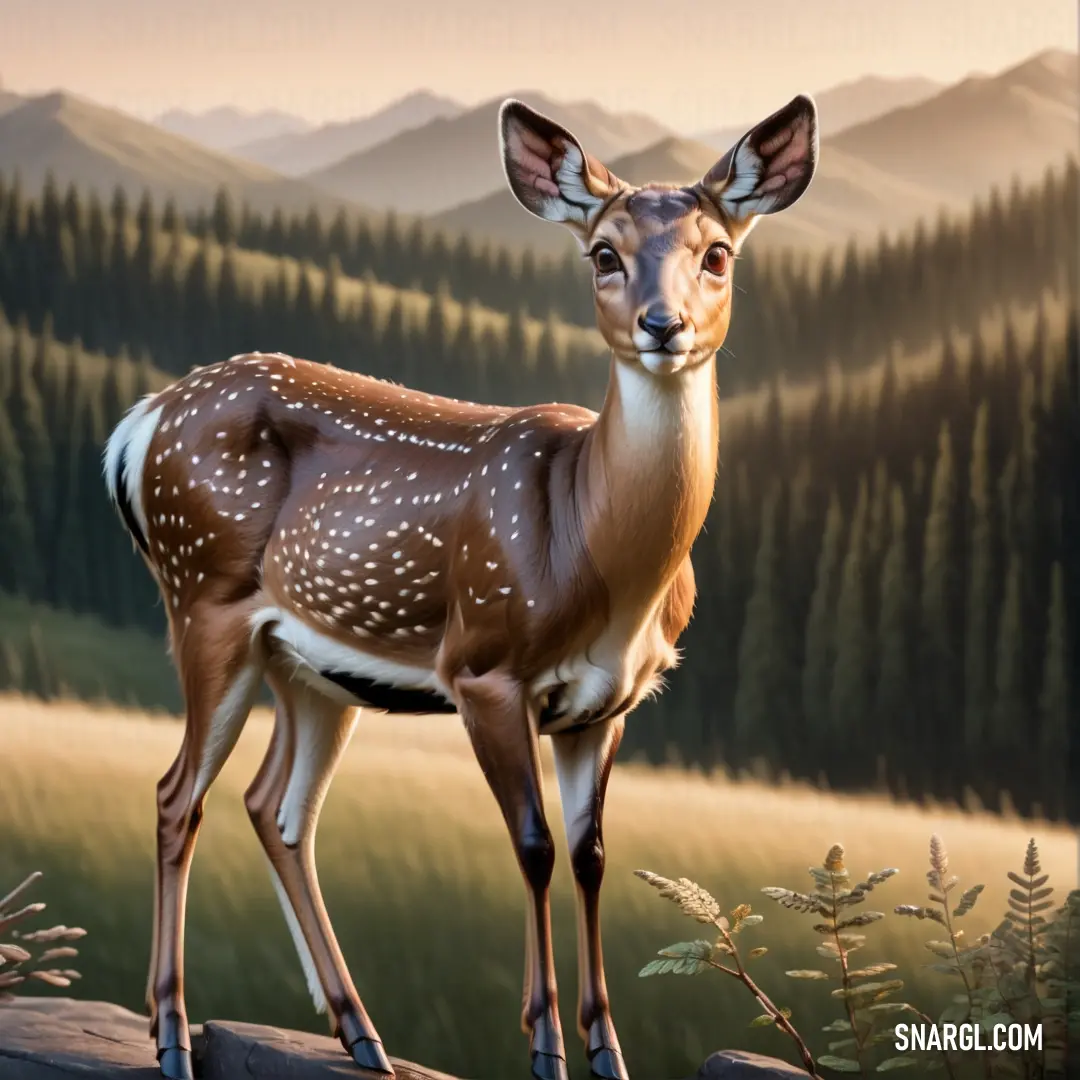
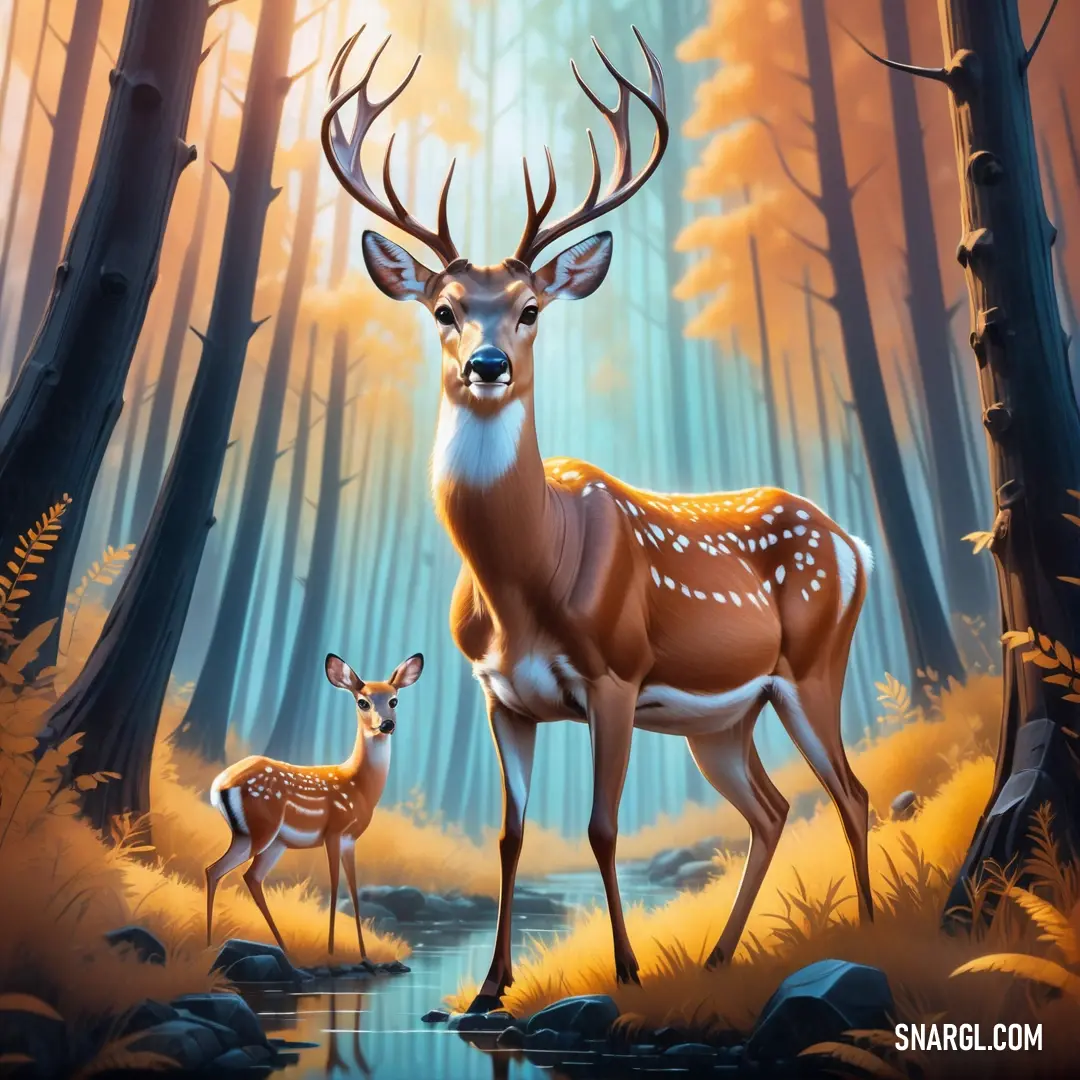
 Olive Drab
Olive Drab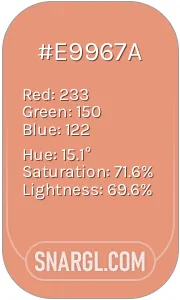 Dark salmon
Dark salmon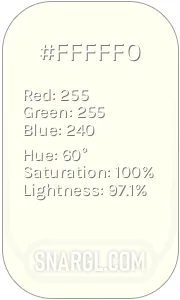 Ivory
Ivory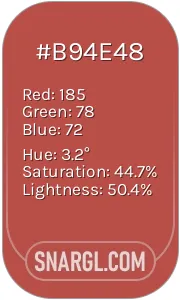 Deep chestnut
Deep chestnut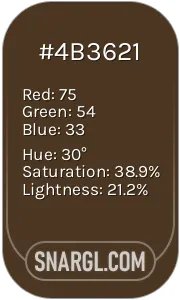 Cafe noir
Cafe noir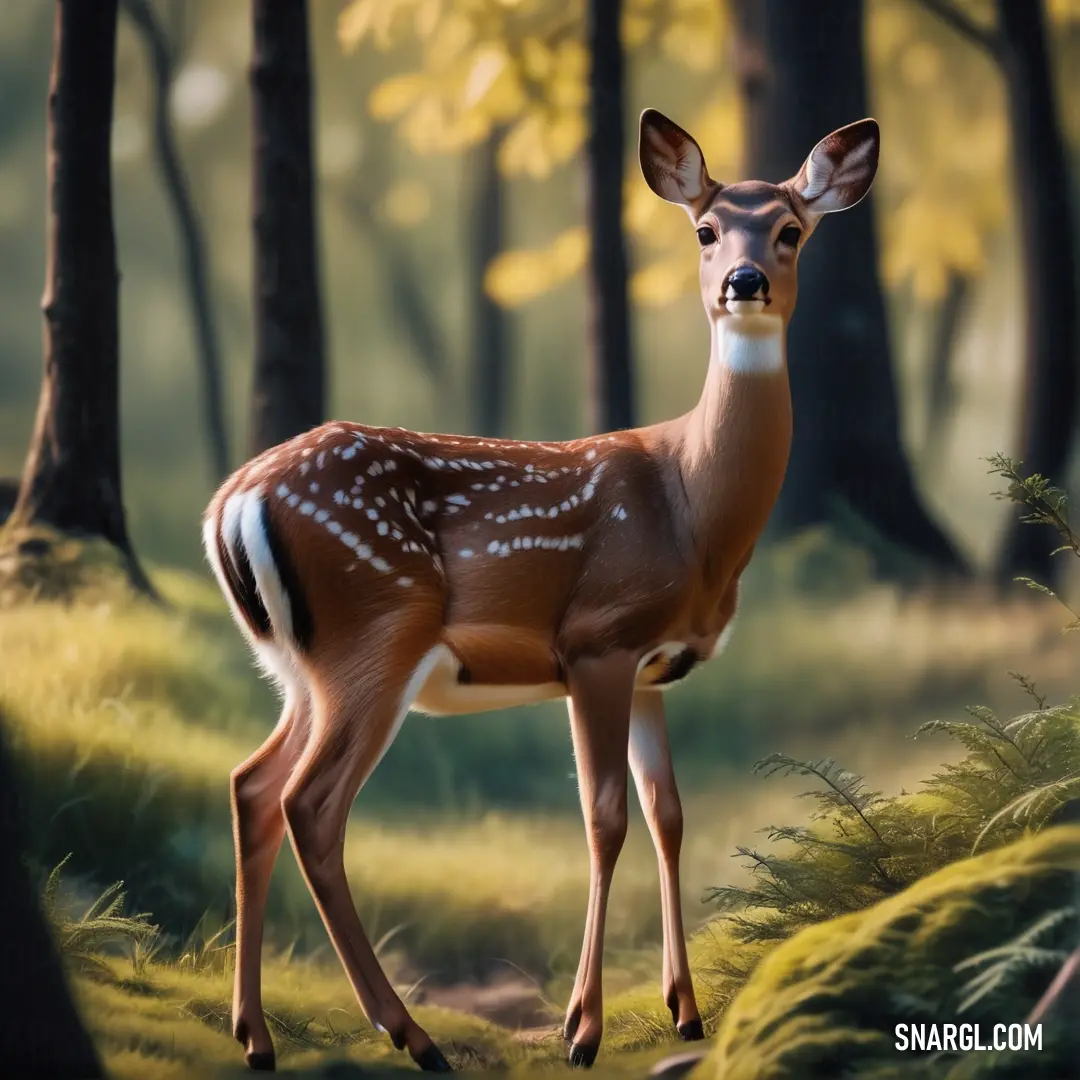
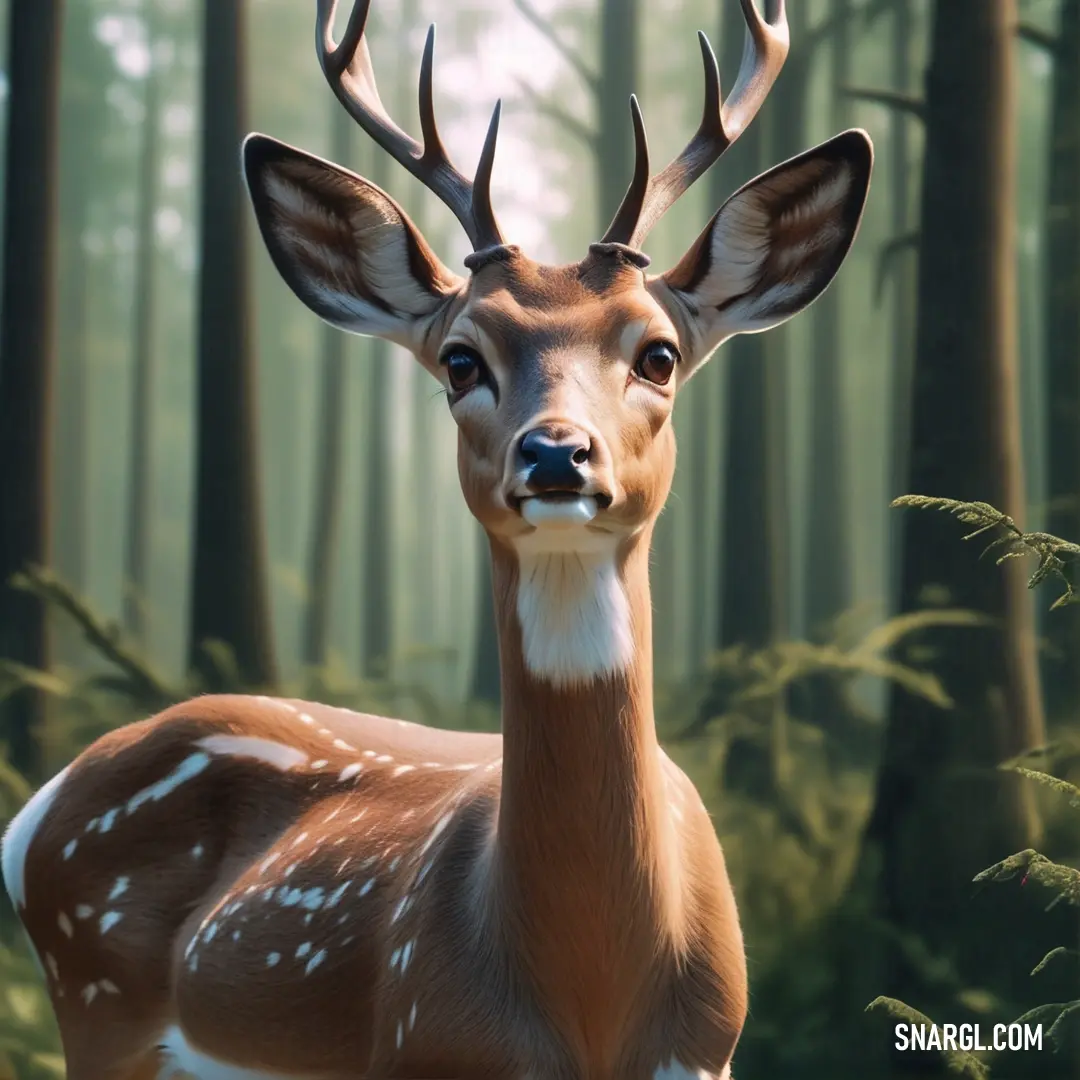
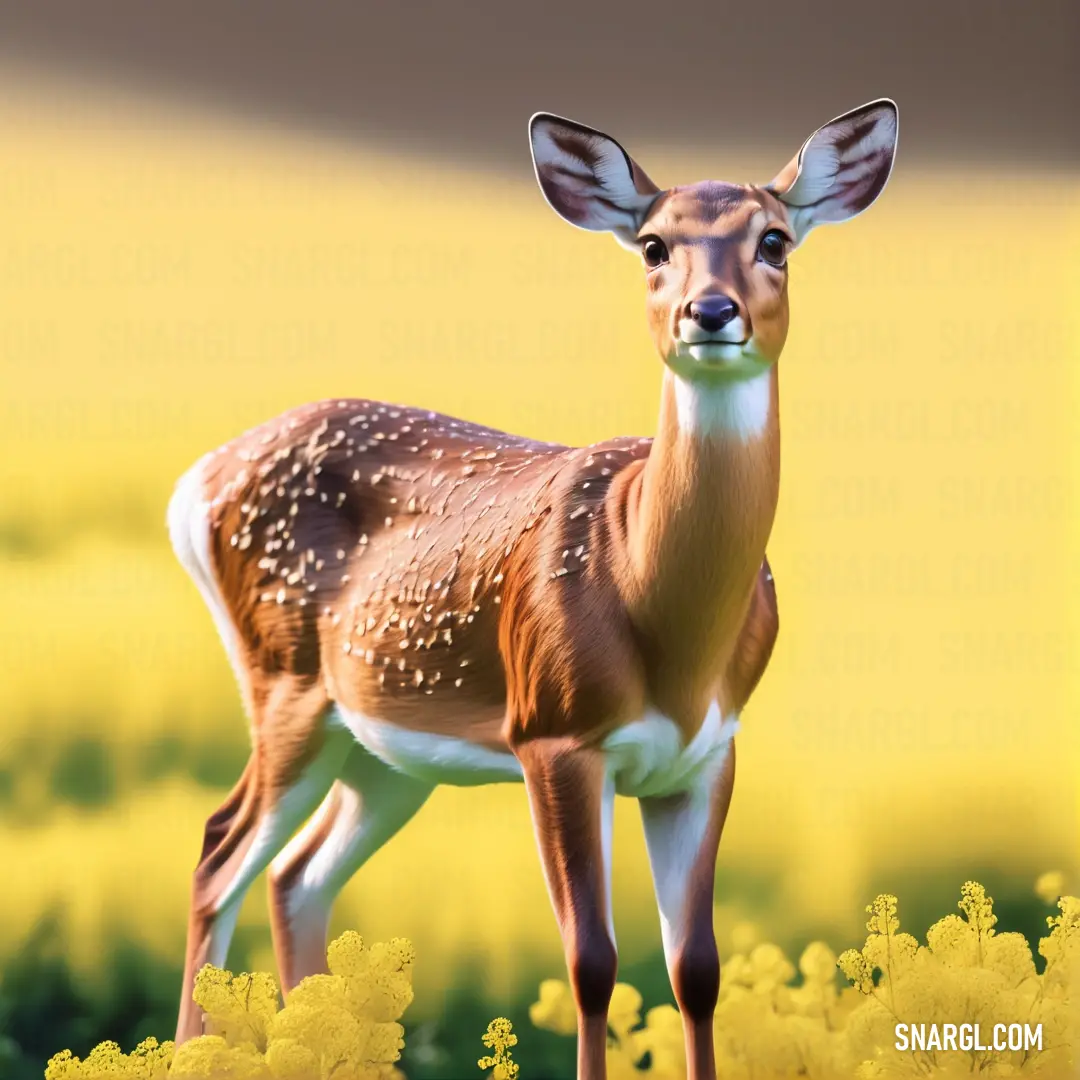
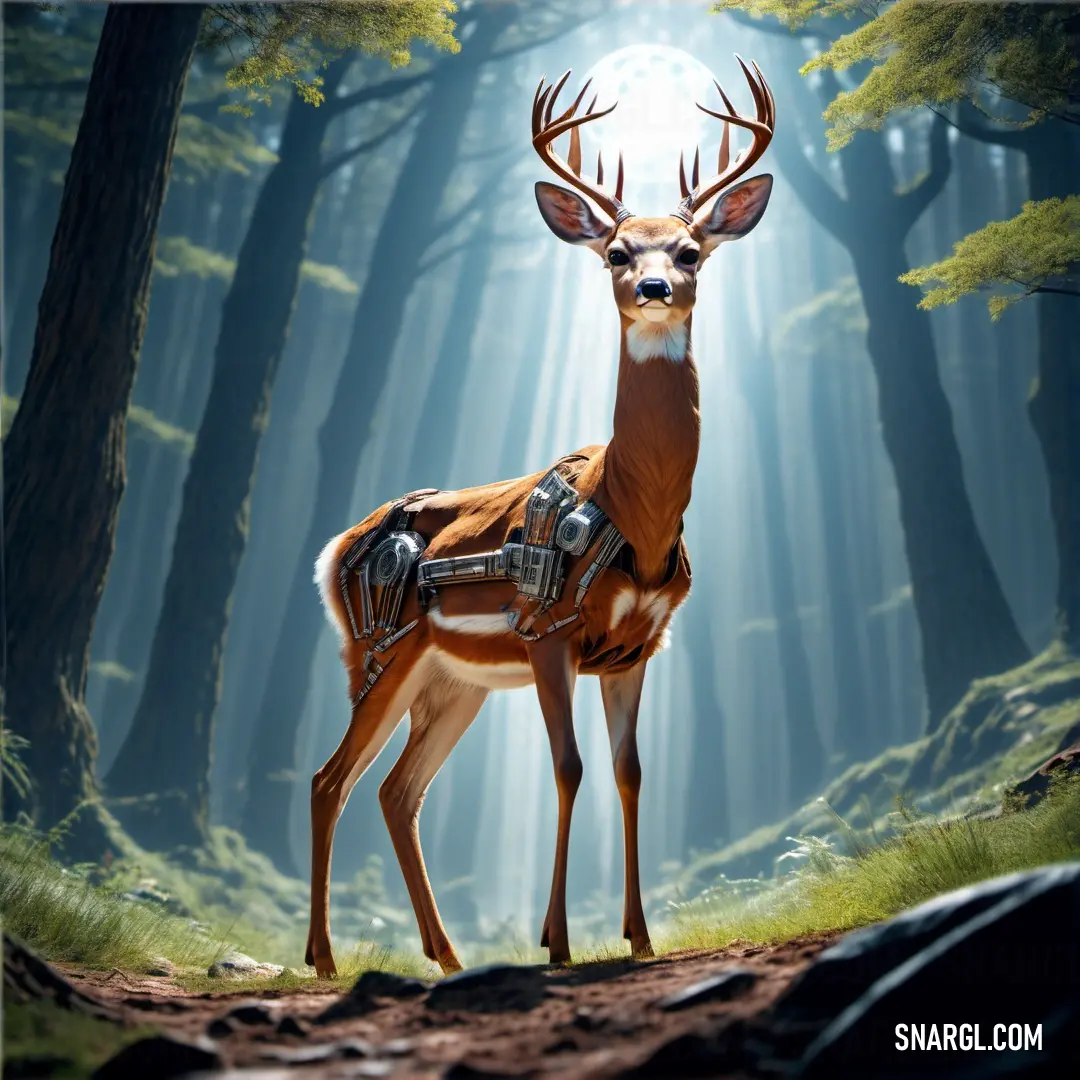
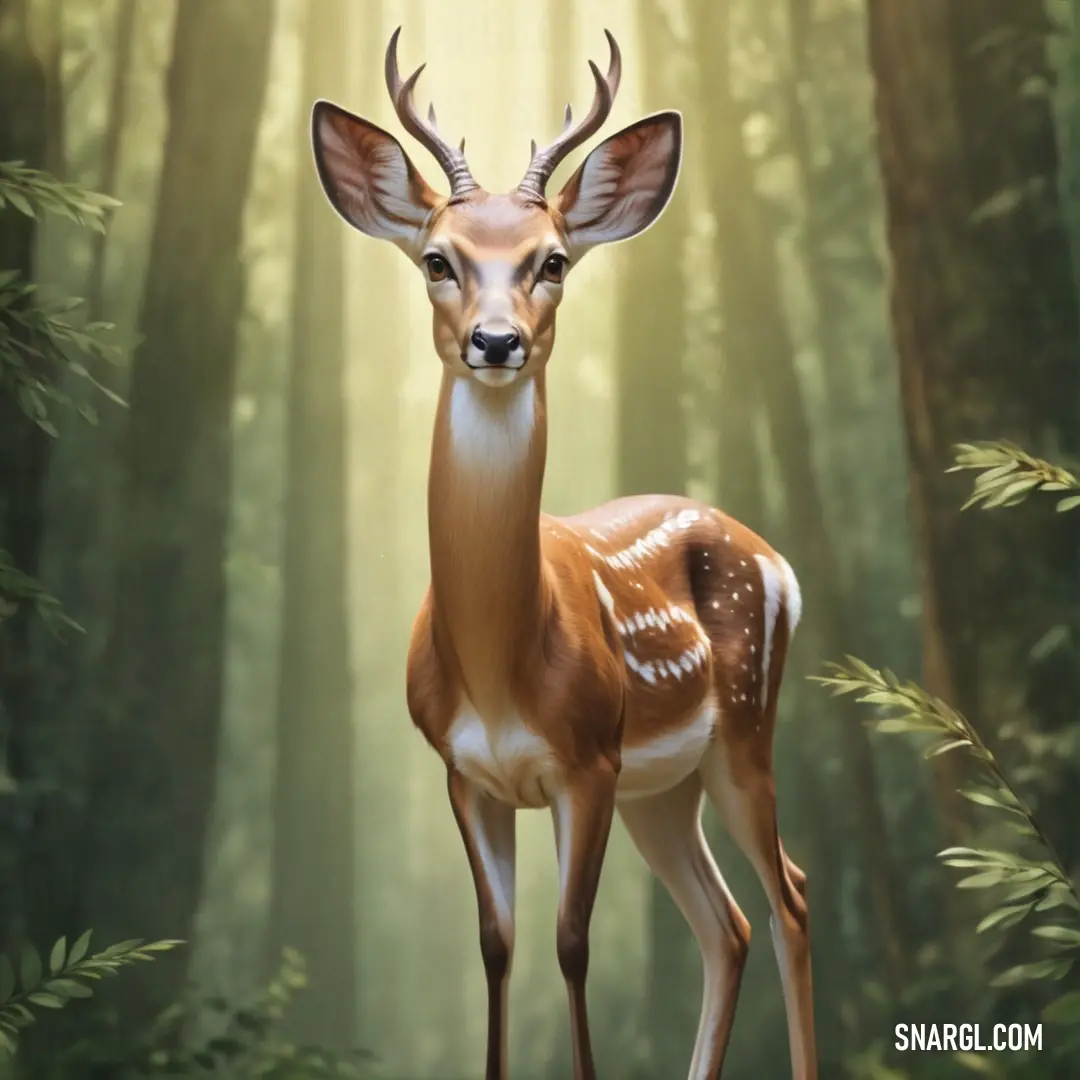
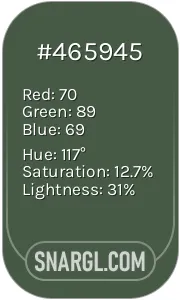 Gray-asparagus
Gray-asparagus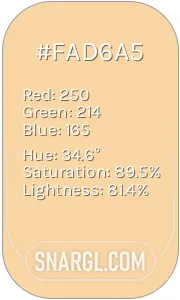 Champagne
Champagne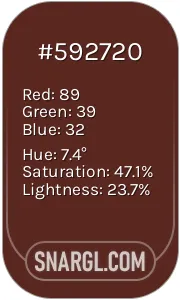 Caput mortuum
Caput mortuum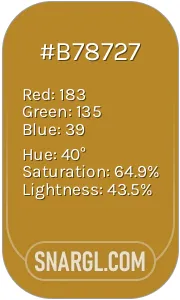 University of California Gold
University of California Gold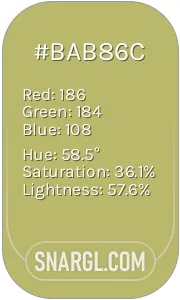 Olive Green
Olive Green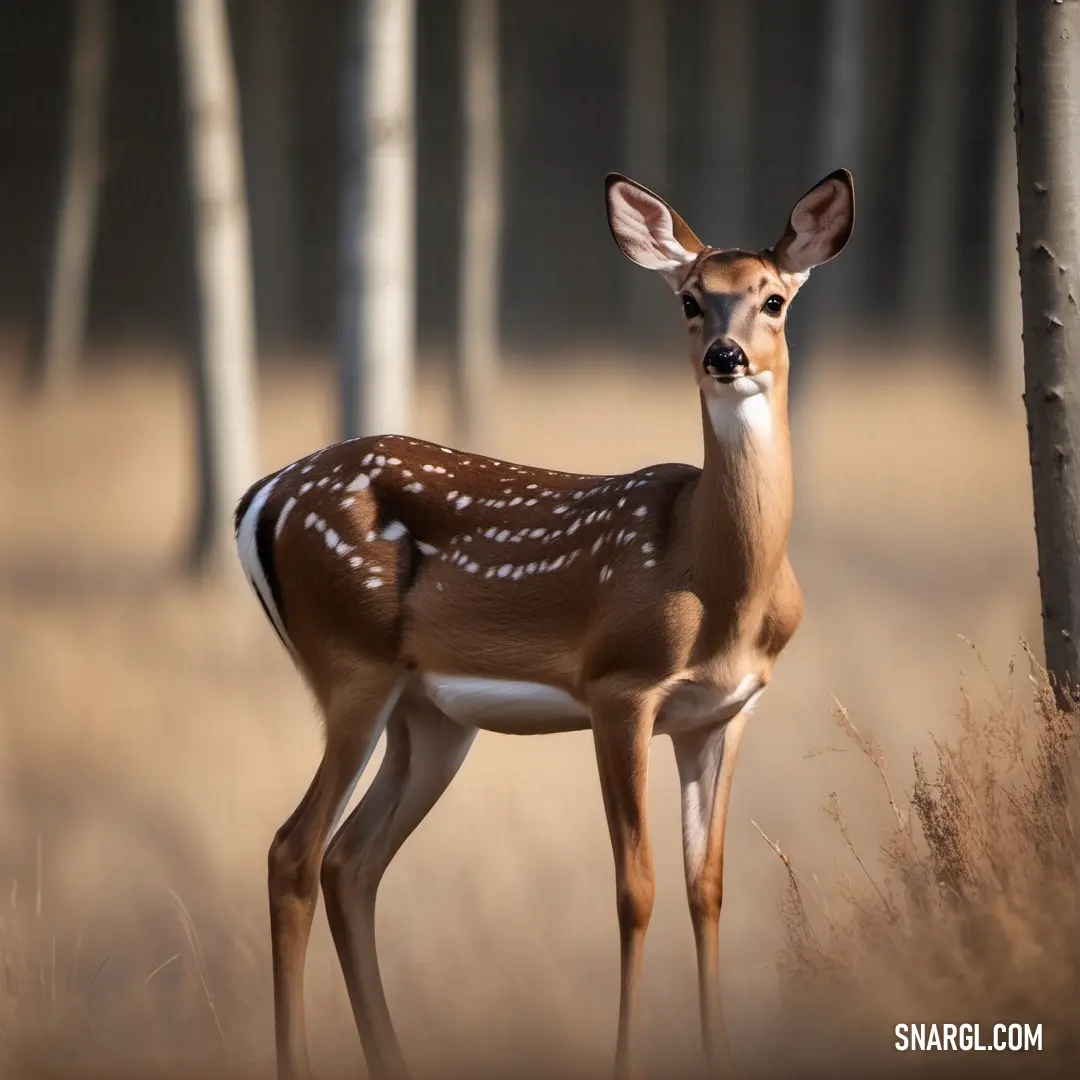
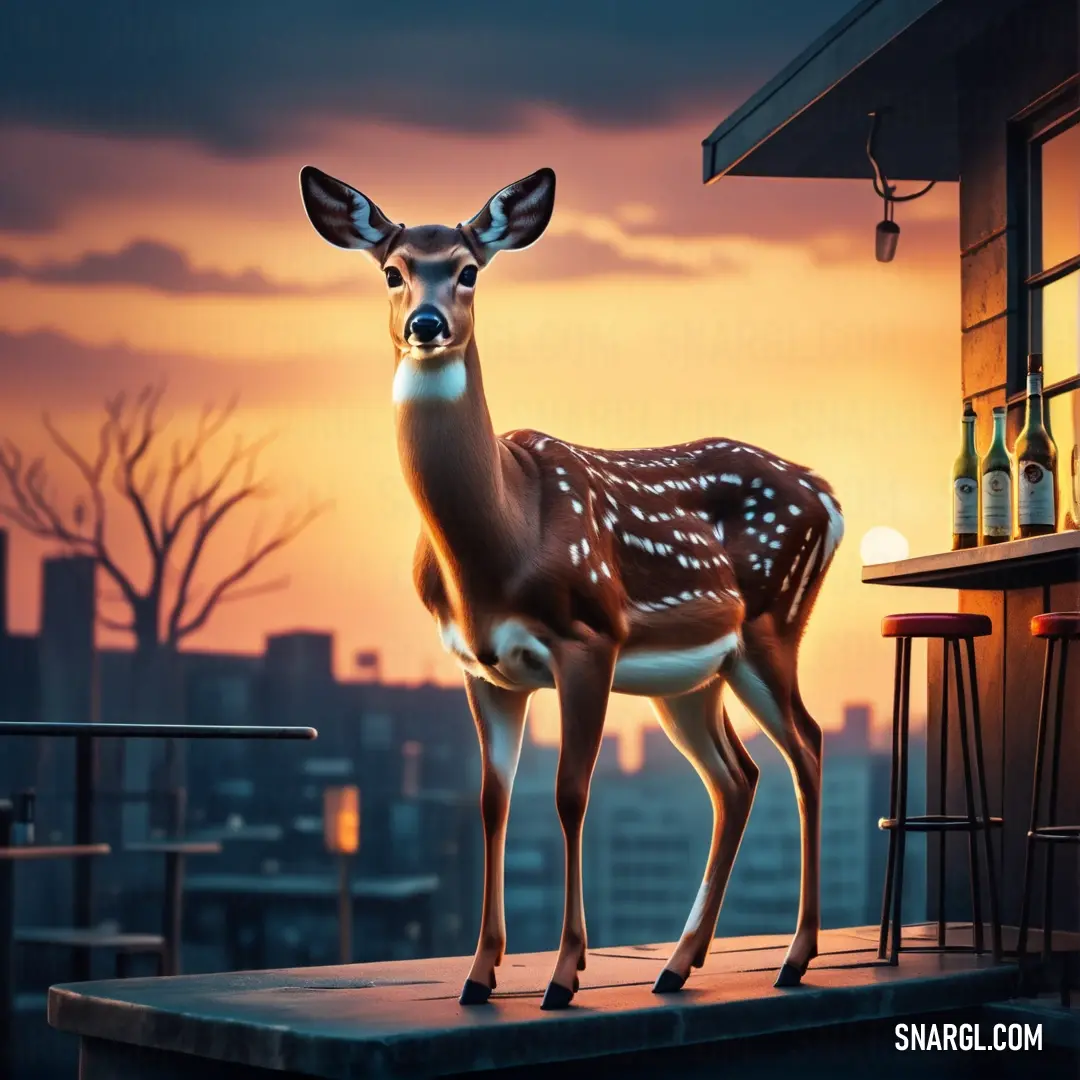
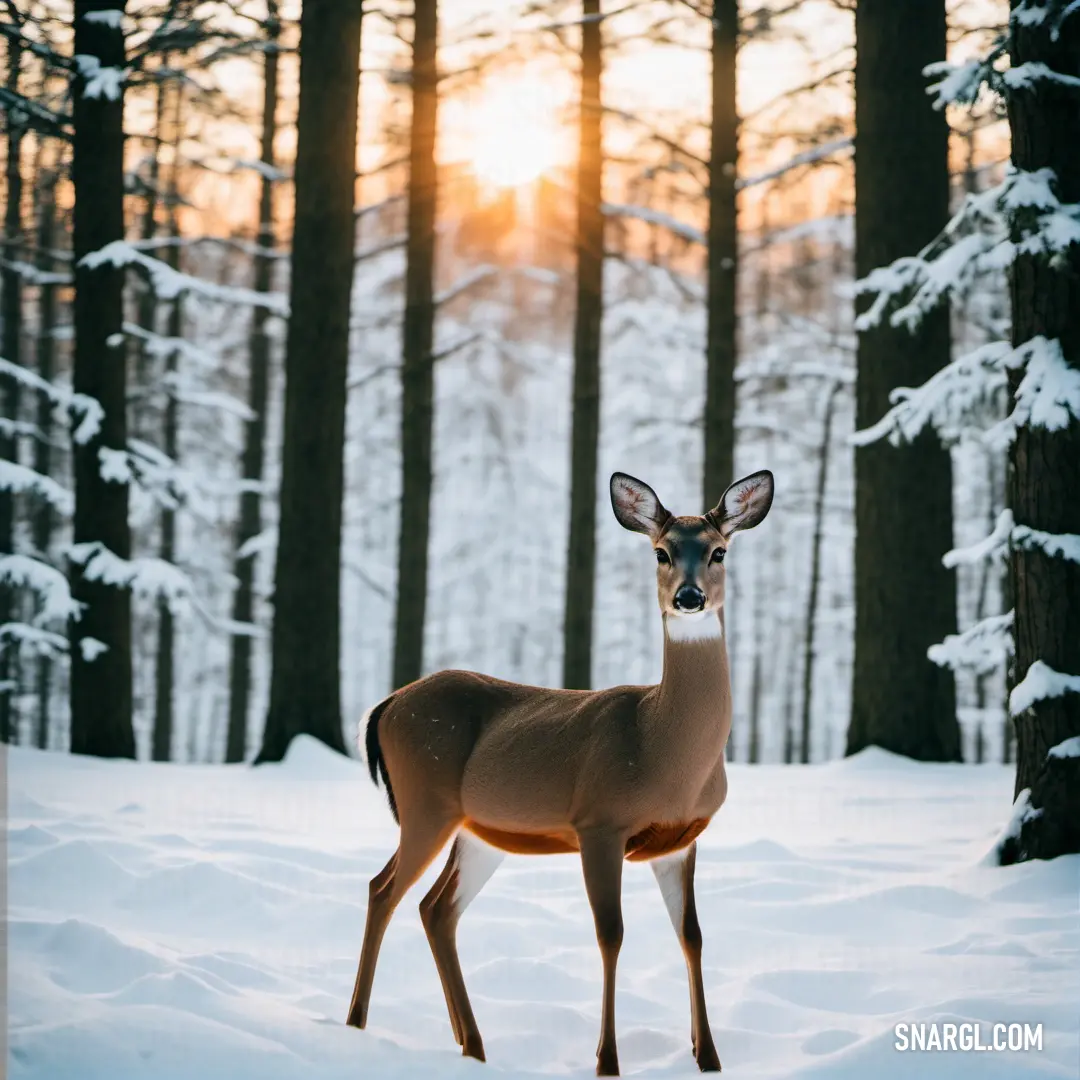
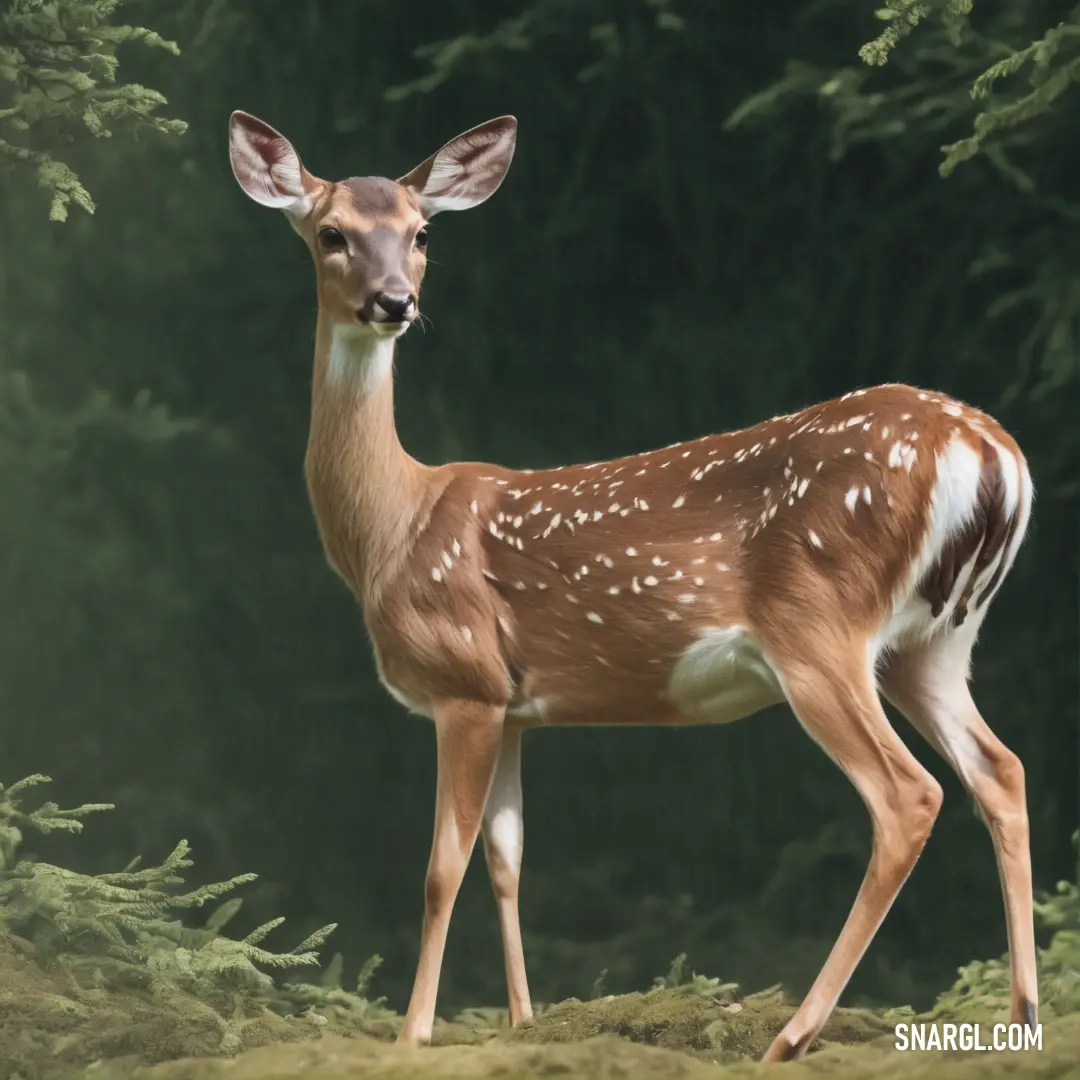
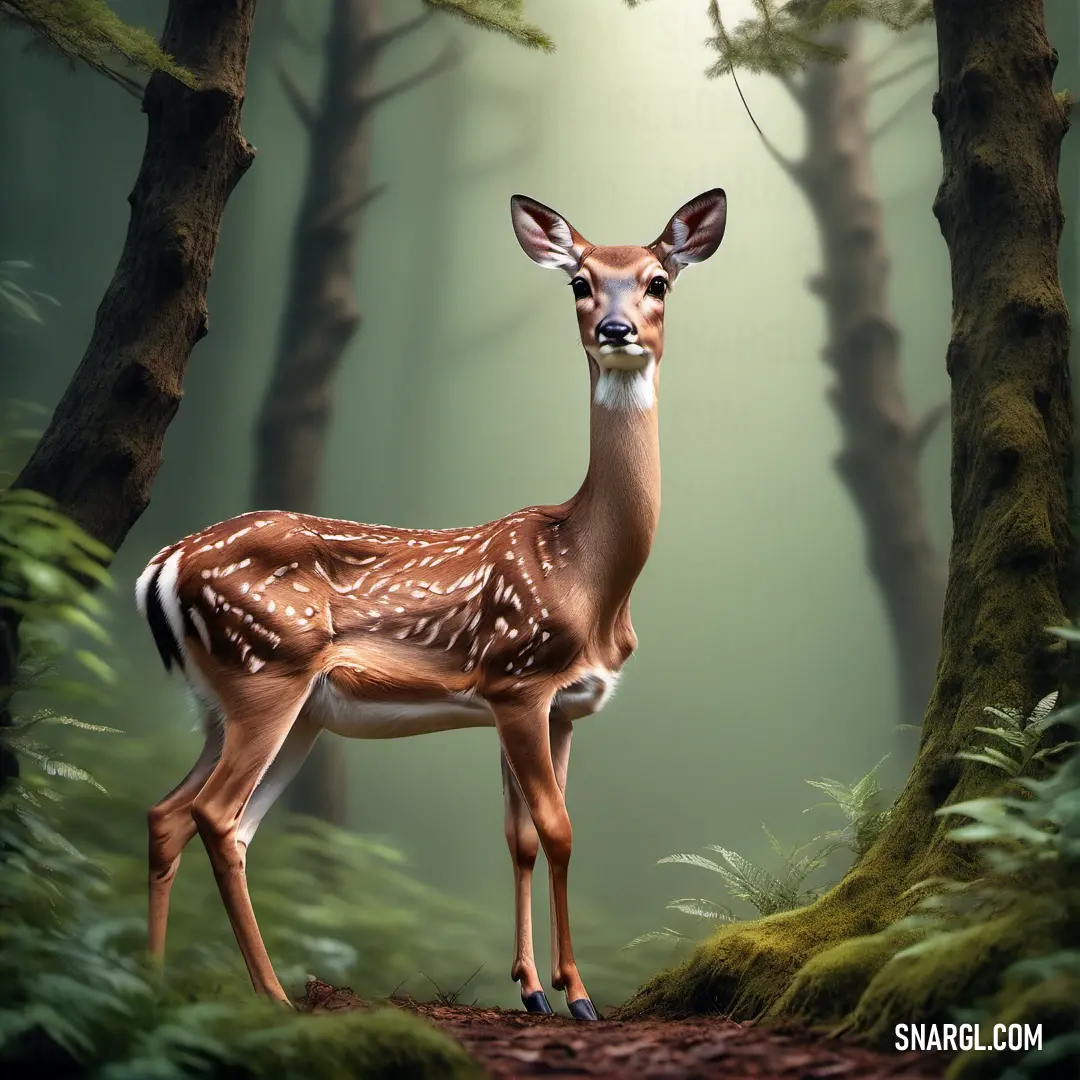
 Seashell
Seashell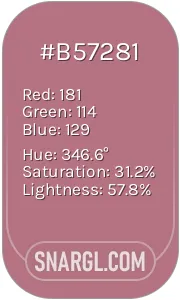 Turkish rose
Turkish rose Antique brass
Antique brass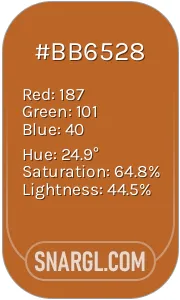 Ruddy brown
Ruddy brown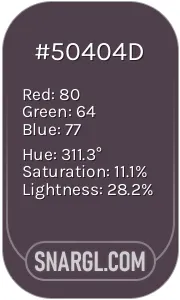 Purple taupe
Purple taupe







